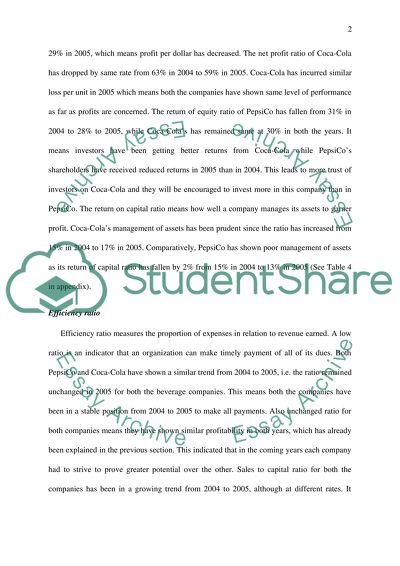Cite this document
(“Financial Comparison of Pepsi Co. and Coca-Cola Book Report/Review”, n.d.)
Retrieved from https://studentshare.org/finance-accounting/1651703-financial-comparison-of-pepsi-co-and-coca-cola
Retrieved from https://studentshare.org/finance-accounting/1651703-financial-comparison-of-pepsi-co-and-coca-cola
(Financial Comparison of Pepsi Co. And Coca-Cola Book Report/Review)
https://studentshare.org/finance-accounting/1651703-financial-comparison-of-pepsi-co-and-coca-cola.
https://studentshare.org/finance-accounting/1651703-financial-comparison-of-pepsi-co-and-coca-cola.
“Financial Comparison of Pepsi Co. And Coca-Cola Book Report/Review”, n.d. https://studentshare.org/finance-accounting/1651703-financial-comparison-of-pepsi-co-and-coca-cola.


